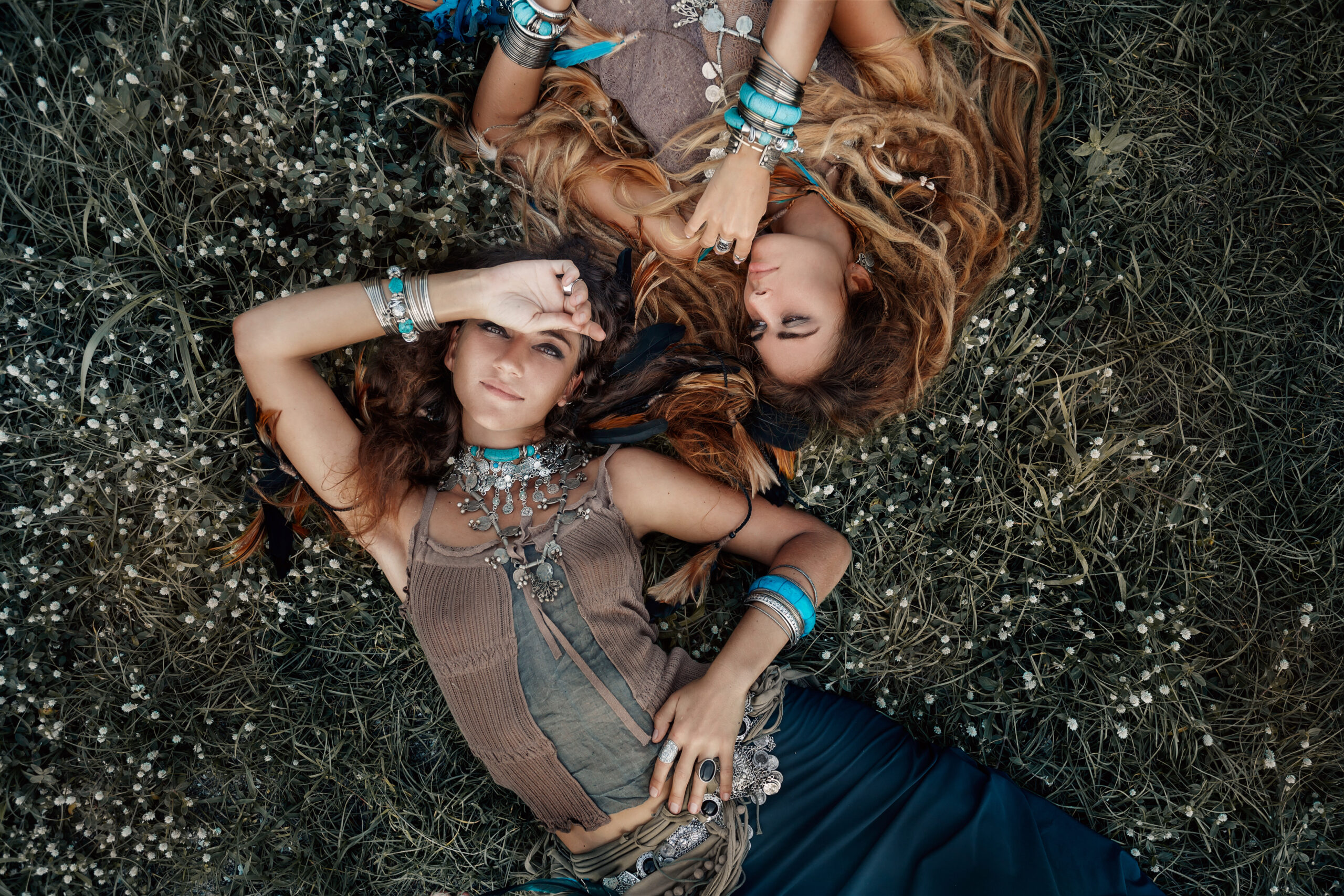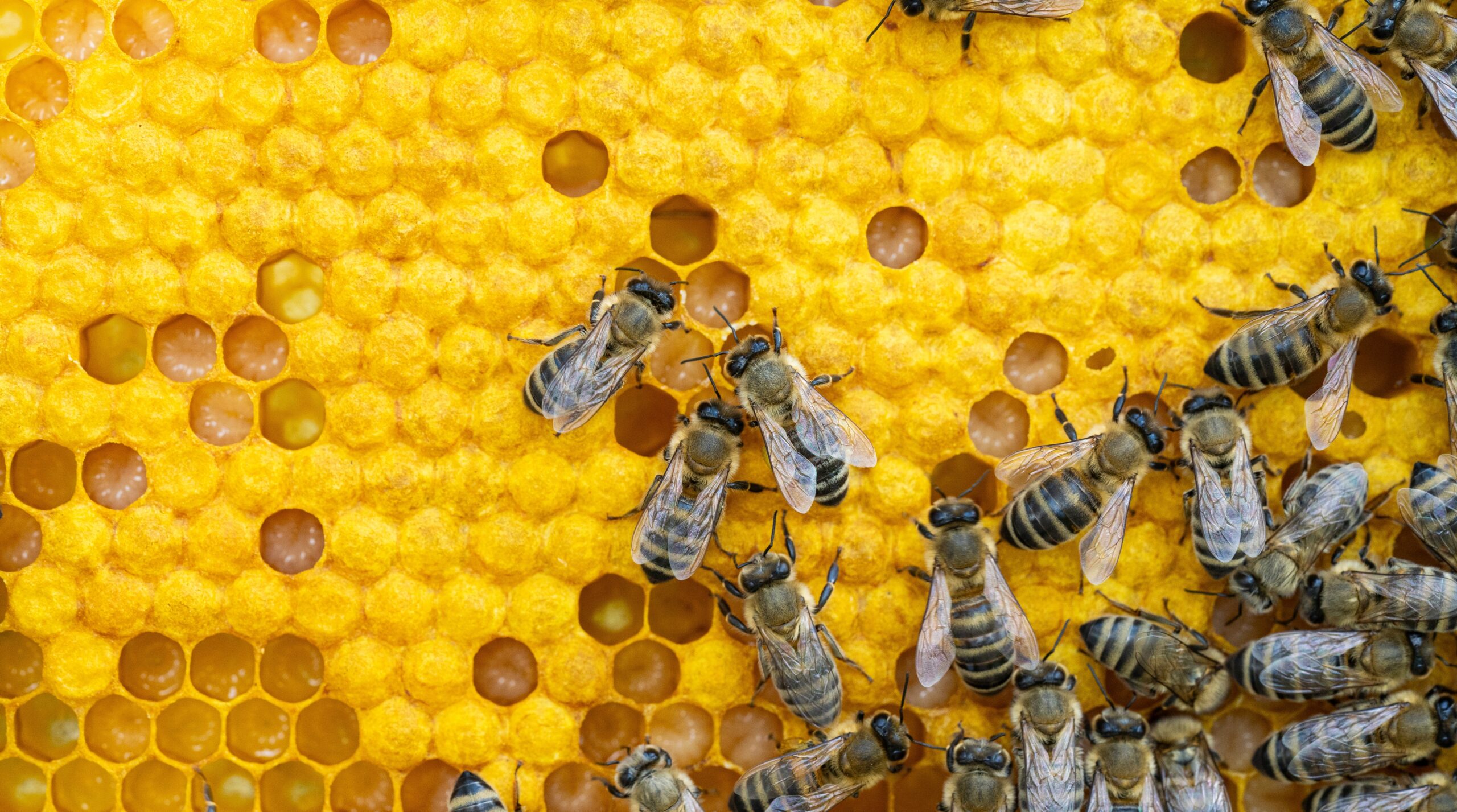Fashion tells the story of each era. It captures the mood, lifestyle, and rebellion of the times. They set standards and inspired countless generations. Each trend marked a turning point in style history. These timeless movements continue to influence fashion today.
The Flapper Dress of the 1920s

Flapper dresses broke traditions with their bold designs. They were short, loose, and liberating for women. The dresses featured fringe, beads, and dazzling embellishments. These designs celebrated the Roaring Twenties’ jazz and nightlife culture. Their sleeveless styles challenged conservative norms of the time. Accessories like long pearls and feathered headbands completed the look. The flapper dress became a symbol of women’s newfound independence.
Zoot Suits of the 1930s and 1940s

Zoot suits stood out with their exaggerated proportions. They had oversized jackets, wide lapels, and high-waisted pants. Bright colors and bold patterns made them eye-catching. This style emerged during the swing music era. It was popular among jazz musicians and dancers. Despite their style, zoot suits sparked controversy during World War II. They remain a statement of self-expression and defiance.
Christian Dior’s New Look of the 1950s

Dior’s New Look redefined femininity after wartime austerity. The look featured cinched waists and full, flowing skirts. Luxurious fabrics added elegance and opulence to the designs. It symbolized a return to glamour and sophistication. Women embraced its flattering silhouette and structured style. Dior’s influence brought couture back into everyday fashion. The New Look remains a milestone in modern fashion history.
The Mini Skirt Revolution of the 1960s

The mini skirt revolutionized women’s fashion with its bold length. British designer Mary Quant popularized this daring trend. Mini skirts represented youth, freedom, and rebellion. They were often paired with colorful tights and go-go boots. This style captured the vibrant energy of the Swinging Sixties. It broke social norms and empowered women to embrace their individuality. The mini skirt’s impact still resonates in modern wardrobes.
Bell-Bottom Pants of the 1970s

Bell-bottom pants dominated the 1970s fashion scene. They flared dramatically from the knee to the hem. This style was iconic among hippies and disco enthusiasts alike. Denim versions became especially popular during the era. Bell-bottoms symbolized nonconformity and free-spiritedness. Paired with platform shoes, they created a distinct silhouette. This trend is often revisited in modern boho fashion.
Punk Fashion and Leather Jackets of the 1980s

Punk fashion was edgy and rebellious, marked by leather jackets. Studs, chains, and patches added grit to this bold look. Torn clothing and heavy boots made punk iconic. The movement emerged as a counterculture to mainstream norms. Bands like The Sex Pistols fueled its popularity. Punk fashion became a symbol of individualism and resistance. It left a permanent mark on alternative style.
The Y2K Aesthetic of the Early 2000s

The Y2K aesthetic blended futuristic and nostalgic elements. Shiny metallic fabrics, low-rise jeans, and tiny handbags dominated. Cropped tops and halter necks were key staples of this look. Designers embraced tech-inspired details like holographic prints and chrome. Influences came from pop stars like Britney Spears and Paris Hilton. The style reflected optimism and obsession with the digital future.
Skinny Jeans Craze of the 2010s

Skinny jeans became a wardrobe essential during the 2010s. They featured a slim, body-hugging fit from waist to ankle. Stretch fabrics made them versatile and comfortable to wear. This trend paired well with oversized tops and leather jackets. Celebrities and influencers fueled their widespread popularity. Skinny jeans symbolized the sleek, minimalist aesthetic of the era.
Athleisure Wear of the Late 2010s

Athleisure blurred the lines between gym and casual wear. Leggings, hoodies, and sneakers became everyday staples. Brands like Lululemon and Nike popularized the movement. The focus on comfort and functionality resonated with consumers. Stylish yet sporty looks dominated both fitness and streetwear scenes. Athleisure embodied the growing trend of active, wellness-focused lifestyles.
Tie-Dye Comeback of the 1970s and 2020s

Tie-dye made a bold resurgence as a playful, DIY trend. Bright swirls and faded patterns brought a retro vibe to modern wardrobes. Originally tied to the hippie culture of the 1970s, it found new life in loungewear. Social media influencers and celebrities revived its popularity. The pandemic era saw a surge in at-home tie-dye projects. This cheerful style represents creativity and individuality across generations.
Shoulder Pads of the 1980s

Shoulder pads gave outfits a bold, structured silhouette. They symbolized power and authority in women’s fashion. Suits, blazers, and dresses all featured exaggerated shoulder shapes. The trend was tied to the rise of women in corporate spaces. Designers like Thierry Mugler embraced this dramatic look. Shoulder pads remain a defining feature of 1980s style.
Vintage Revival of the 2010s

The 2010s saw a surge in vintage-inspired fashion. Retro prints, high-waisted jeans, and midi dresses became trendy again. Thrift shopping and sustainable practices fueled the movement. Influencers highlighted mixing old and new for unique looks. Iconic eras like the 1970s and 1990s influenced modern collections. The revival connected nostalgia with contemporary sensibilities.
Logomania of the 1990s and 2010s

Logomania turned brand logos into bold style statements. Oversized logos appeared on t-shirts, bags, and sweatshirts. Luxury labels like Gucci and Louis Vuitton embraced this flashy trend. It originated in 1990s hip-hop culture and reemerged in the 2010s. Social media amplified its influence among younger generations. Logomania became a celebration of brand identity and exclusivity.
Boho Chic of the 2000s

Boho chic fused vintage, hippie, and bohemian influences. Flowing maxi dresses, fringe details, and earthy tones defined the style. Iconic pieces included wide-brim hats and layered jewelry. Celebrities like Sienna Miller and Kate Moss popularized the trend. It reflected a carefree, eclectic aesthetic during the 2000s. Boho chic remains a staple in festival fashion and casual wear.
Platform Shoes of the 1970s and 1990s

Platform shoes brought dramatic height to footwear trends. The 1970s disco era saw vibrant, chunky designs dominate dance floors. In the 1990s, platforms returned with grunge-inspired styles. Spice Girls and pop stars made them a global phenomenon. Both eras embraced platforms as bold and playful statements. These shoes continue to make comebacks in contemporary collections.
This article originally appeared on Rarest.org.
More from Rarest.org
22 Rare Birds Making Astonishing Migrations Around the World

Bird migrations are some of the most incredible feats in the animal kingdom. Certain species fly thousands of miles across oceans and continents, navigating natural obstacles and weather patterns. Read More.
13 Ancient Tribes Keeping Nomadic Traditions Alive Worldwide

Nomadic tribes have wandered the Earth for thousands of years, living in harmony with nature. Read More.
18 Endangered Pollinators Vital to Global Agriculture

Pollinators play a vital role in global agriculture, ensuring the growth of crops that feed both humans and livestock. Read More.
